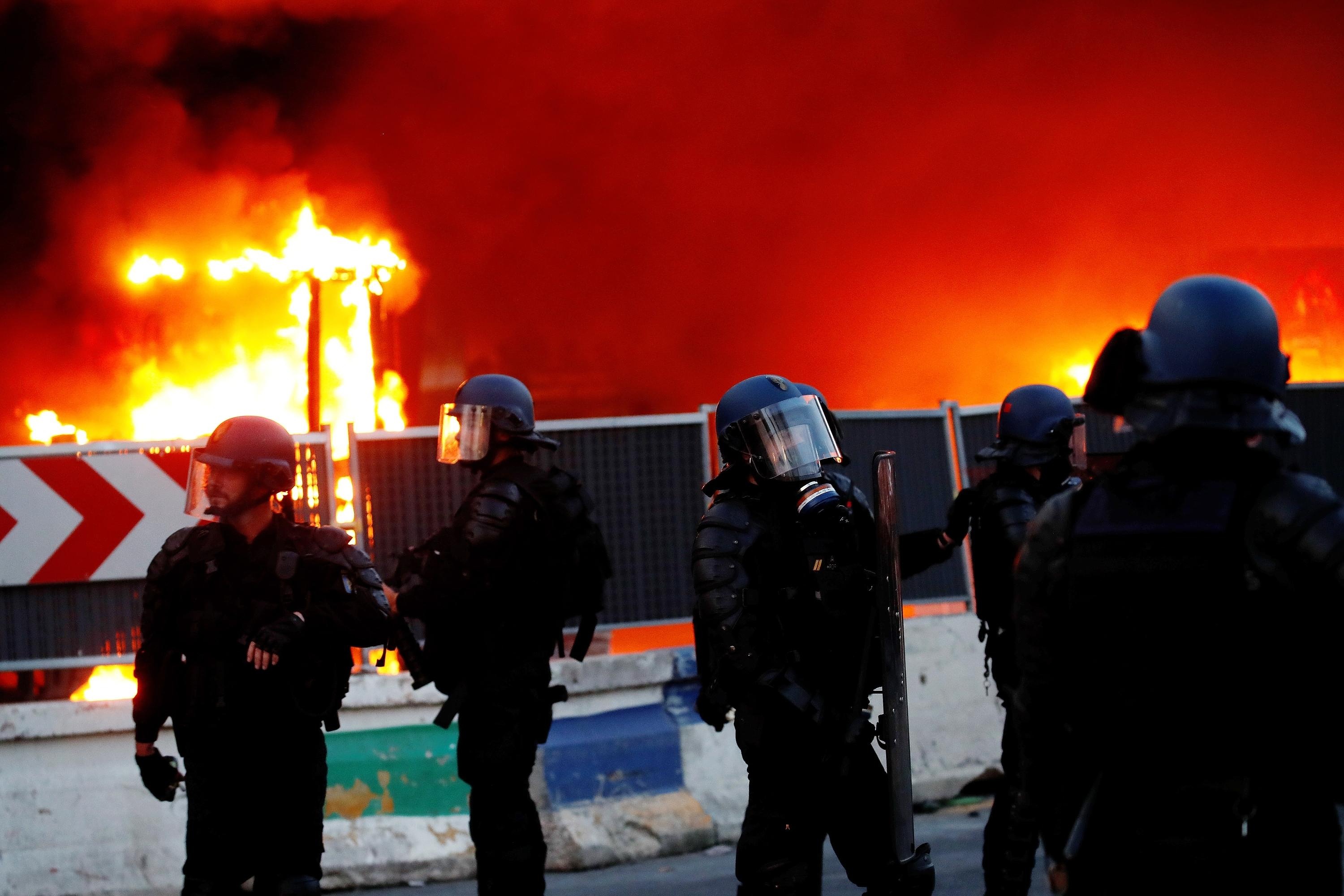At the Deauville American Film Festival, all roads lead to Nomandy. Opening and closing dinner, interviews, jury den, photo sessions... Becoming part of the history of the French seventh art by serving as a setting for the emblematic A Man and a Woman by Claude Lellouche, the hotel emblematic of the Normandy coast cultivates its roots in the cinema.
When Lionel Chouchan and André Halimi created the festival in 1975, it was with the support of the municipality and the Barrière hotel group, owner of the Normandy and the Royal de Deauville. The group is well versed in cinematographic feasts being on the front line in Cannes, such as at Fouquet's which houses the socialites of the Césars.
The initial idea: to offer the Calvados seaside resort of 3,500 inhabitants a cultural event that would allow it to extend the tourist season once the school year begins. Mission accomplished: four decades later, the sixty films screened attract more than 60,000 spectators. Enough to transform the nerve centers of the Festival - the CID convention center, the Morny and Casino cinemas and the hotels into hives. “Each year, more than 150 rooms and 2,000 nights are made available to the Festival by the Normandy and the Royal,” explains Frédéric Bessonneaud, the director of the Normandy. Enough to put more than 200 employees on deck and open the doors of the premises to a slightly different clientele. Even to retain some of them.
From the ceremonial staircase to the corridors covered with photos of Hollywood and French stars descending on the venues - famous for their toile de Jouy pattern wallpaper - the Normandy carries the history of the festival within its walls. For vacationers passing through this week, it was not difficult to come across Guillaume Canet, Mélanie Thierry and their jurors several times a day in discussion at the reception or in the courtyard, immediately debriefing the films seen at the CID or waiting to be taken to lunch between two sessions.
Highlight for the Anglo-Norman style establishment, founded in 1912, the organization of the opening dinner. It takes place in the ambassadors' lounge at the adjoining casino: 500 place settings and 1000 macaroons to make. This mobilizes a brigade of around thirty people. Chefs and waiters must hold a marathon. Everything must be placed on the table and then cleared within two hours. No choice when the festivities start around 11 p.m.
This edition, which was marked by the writers’ and actors’ strike, was no exception to the rule. Although the Hollywood stars were absent from the red carpet, the tribute to Jude Law limited to a clip from his cult films, last Friday's meal was as late as usual.
Perhaps to give him time to digest the powerful and trying opening film The Queen's Game, in which the British actor plays a paranoid, violent Henry VIII, eaten away by the gangrene which tortured his last wife Catherine Parr. Brutalized, terrorized, the pro-Protestant aristocrat, played by Alicia Vikander, is promised the unenviable fate of her predecessors Anne Boleyn and Catherine Howard: imprisonment and beheading. Not sure that Kyle Eastwood's double bass interlude prepared the festival-goers for the show that was to follow.
To bring spirits and appetites back to earth, chef Jean-Luc Mothu had innovated and designed a “locavore” meal with products from the western region. The head table where Guillaume Canet's jury sat and the new generation of the Barrière group, Joy and Alexandre, were the first to discover the Breton lobster starter with mixed vegetables from La Manches. As a main course at the bar, served with vegetables from a farm near Caen.
The desert, on the other hand, has broken with tradition. No more little chocolate éclairs decorated with the American flag. Welcome to a popcorn meal. Or a sweet corn polenta biscuit covered in blueberry jelly topped with popcorn made in The Hague. All contained in a small white chocolate pot decorated with the colors of the Star-Spangled Banner. Aesthetically daring, the recipe left a more mixed taste in the mouths of guests delighted to indulge in coffee macaroons.
This is another novelty that won unanimous approval. To mark this 49th edition, Normandy has added a short-lived newcomer to its cocktail menu: Tribeca (like the New York district which hosts the festival of the same name). Designed by the mixologist at Fouquet’s New York, the tangy drink is a reinterpretation of the Margarita: tequila (a flagship American product if ever there was one), Cointreau, cucumber juice, lemon, dried pepper and shiso syrup. Head bartender Frédéric Desmars takes pleasure in deciphering the recipe, and distils irresistible anecdotes about his creations which give pride of place to the 7th art and the taste buds.
For festival-goers who stay until the end, the closing dinner this Saturday, which will follow the presentation of the awards and the screening of the dance drama Joika with Isabelle Huppert, should also reserve some surprising flavors in a menu which always aims to make the pride of Norman products on the sea side and on the land side. The most adventurous night owls will then end the party at the Villa Schweppes.

 What is chloropicrin, the chemical agent that Washington accuses Moscow of using in Ukraine?
What is chloropicrin, the chemical agent that Washington accuses Moscow of using in Ukraine? Poland, big winner of European enlargement
Poland, big winner of European enlargement In Israel, step-by-step negotiations for a ceasefire in the Gaza Strip
In Israel, step-by-step negotiations for a ceasefire in the Gaza Strip BBVA ADRs fall almost 2% on Wall Street
BBVA ADRs fall almost 2% on Wall Street Children born thanks to PMA do not have more cancers than others
Children born thanks to PMA do not have more cancers than others Breast cancer: less than one in two French women follow screening recommendations
Breast cancer: less than one in two French women follow screening recommendations “Dazzling” symptoms, 5,000 deaths per year, non-existent vaccine... What is Lassa fever, a case of which has been identified in Île-de-France?
“Dazzling” symptoms, 5,000 deaths per year, non-existent vaccine... What is Lassa fever, a case of which has been identified in Île-de-France? Sánchez cancels his agenda and considers resigning: "I need to stop and reflect"
Sánchez cancels his agenda and considers resigning: "I need to stop and reflect" “Amazon product tester”: the gendarmerie warns of this new kind of scam
“Amazon product tester”: the gendarmerie warns of this new kind of scam “Unjustified allegations”, “promotion of illicit products”… Half of the influencers controlled in 2023 caught by fraud repression
“Unjustified allegations”, “promotion of illicit products”… Half of the influencers controlled in 2023 caught by fraud repression Extension of the RER E: Gabriel Attal welcomes a “popular” ecology project
Extension of the RER E: Gabriel Attal welcomes a “popular” ecology project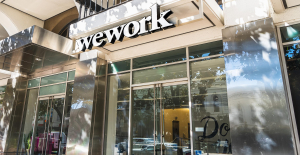 WeWork will close 8 of its 20 shared offices in France
WeWork will close 8 of its 20 shared offices in France “We were robbed of this dignity”: Paul Auster’s wife denounces the betrayal of a family friend
“We were robbed of this dignity”: Paul Auster’s wife denounces the betrayal of a family friend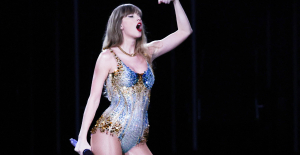 A masterclass for parents to fill in their gaps before Taylor Swift concerts
A masterclass for parents to fill in their gaps before Taylor Swift concerts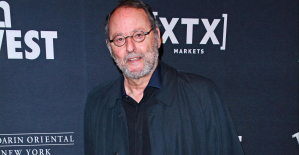 Jean Reno publishes his first novel Emma on May 16
Jean Reno publishes his first novel Emma on May 16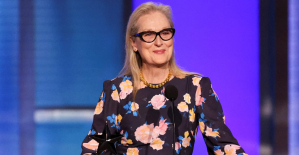 Cannes Film Festival: Meryl Streep awarded an honorary Palme d’Or
Cannes Film Festival: Meryl Streep awarded an honorary Palme d’Or Omoda 7, another Chinese car that could be manufactured in Spain
Omoda 7, another Chinese car that could be manufactured in Spain BYD chooses CA Auto Bank as financial partner in Spain
BYD chooses CA Auto Bank as financial partner in Spain Tesla and Baidu sign key agreement to boost development of autonomous driving
Tesla and Baidu sign key agreement to boost development of autonomous driving Skoda Kodiaq 2024: a 'beast' plug-in hybrid SUV
Skoda Kodiaq 2024: a 'beast' plug-in hybrid SUV The home mortgage firm rises 3.8% in February and the average interest moderates to 3.33%
The home mortgage firm rises 3.8% in February and the average interest moderates to 3.33% This is how housing prices have changed in Spain in the last decade
This is how housing prices have changed in Spain in the last decade The home mortgage firm drops 10% in January and interest soars to 3.46%
The home mortgage firm drops 10% in January and interest soars to 3.46% The jewel of the Rocío de Nagüeles urbanization: a dream villa in Marbella
The jewel of the Rocío de Nagüeles urbanization: a dream villa in Marbella Europeans: a senior official on the National Rally list
Europeans: a senior official on the National Rally list Blockade of Sciences Po: the right denounces a “drift”, the government charges the rebels
Blockade of Sciences Po: the right denounces a “drift”, the government charges the rebels Even on a mission for NATO, the Charles-de-Gaulle remains under French control, Lecornu responds to Mélenchon
Even on a mission for NATO, the Charles-de-Gaulle remains under French control, Lecornu responds to Mélenchon “Deadly Europe”, “economic decline”, immigration… What to remember from Emmanuel Macron’s speech at the Sorbonne
“Deadly Europe”, “economic decline”, immigration… What to remember from Emmanuel Macron’s speech at the Sorbonne These French cities that will boycott the World Cup in Qatar
These French cities that will boycott the World Cup in Qatar Champions Cup: Toulouse with Flament and Kinghorn against Harlequins, Ramos replacing
Champions Cup: Toulouse with Flament and Kinghorn against Harlequins, Ramos replacing Tennis: still injured in the arm, Alcaraz withdraws from the Masters 1000 in Rome
Tennis: still injured in the arm, Alcaraz withdraws from the Masters 1000 in Rome Sailing: “Like a house that threatens to collapse”, Clarisse Crémer exhausted and in tears aboard her damaged boat
Sailing: “Like a house that threatens to collapse”, Clarisse Crémer exhausted and in tears aboard her damaged boat NBA: Patrick Beverley loses his temper and throws balls at Pacers fans
NBA: Patrick Beverley loses his temper and throws balls at Pacers fans






